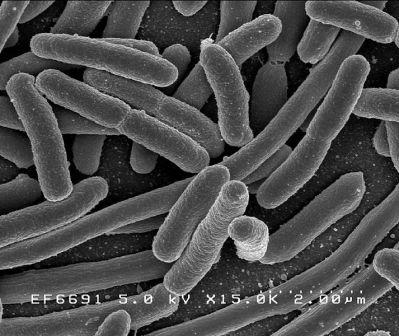Hybrid and Organic Solar Cells- An exciting Possibility
 At present solar cells suffer from drawbacks such as low efficiencies and high costs. Green Clean Guide’s (GCG’s) editor managed to strike a conversation with a solar cell researcher who is presently working on hybrid solar cells. Following is the transcript of the conversation-
At present solar cells suffer from drawbacks such as low efficiencies and high costs. Green Clean Guide’s (GCG’s) editor managed to strike a conversation with a solar cell researcher who is presently working on hybrid solar cells. Following is the transcript of the conversation-
Organic solar cell is a relatively new concept, two organic media are used, one donor and one acceptor is used as compared to conventional silicon solar cells where only one media that is silicon is used. But the problem with this is that the silicon used should be ultra pure otherwise it lowers the efficiency. This leads to higher production costs. Silicon solar cell disposal is also environmentally hazardous but organic solar cells can overcome this limitation.
Only organic media such as P3HT: PCBM which is the most commonly used donor acceptor combination. But present problems with this are stability, electron conductivity (there are many trap states inside which hampers electron conductivity which is not an issue in silicon solar cells). To tackle this problem, hybrid solar cells, solid state disensitized solar cells have been proposed.
In a hybrid solar cell, P3HT is used as donor but the acceptor is metal oxide nanostructures. It decreases the electron diffusion path. Nanowires here in this type of solar cell is actually facilitating the electron transport. Another advantage is that it increases the stability as metal oxide is more stable than a polymer. ~20nm length is considered desirable for an efficient hybrid solar cell.
Recently, 16% efficiency was reached using P3HT: TiO2 by Gratzel group. The next challenge is to make such solar cells commercial viable which perhaps will be a game changer for the industry.
Nanowires have another advantage over nanoparticles such as high aspect ratio and possibility of channelled electron transport, reduced percolation threshold and possibility of bulk-type conduction.
Cost is another advantage. A levelized cost study threw up some interesting facts. An organic solar cell would offer much lower electricity generation costs as compared to a conventional solar cell. The fabricated technique is very simple for production of organic solar cell. Just like printing paper, roll to roll manufacture, it is also very flexible and not rigid like conventional solar cells.
These flexible solar cells might fuel future energy needs and can have a wide range of applications.



